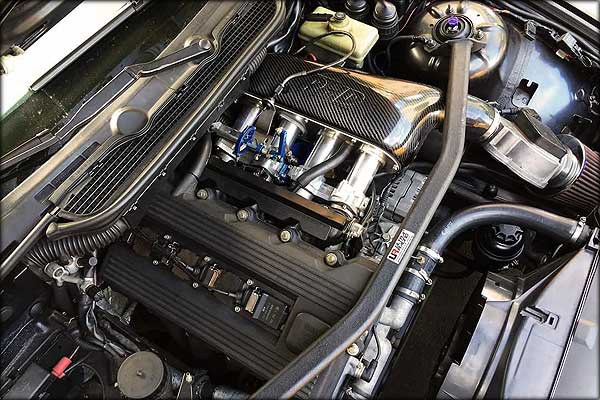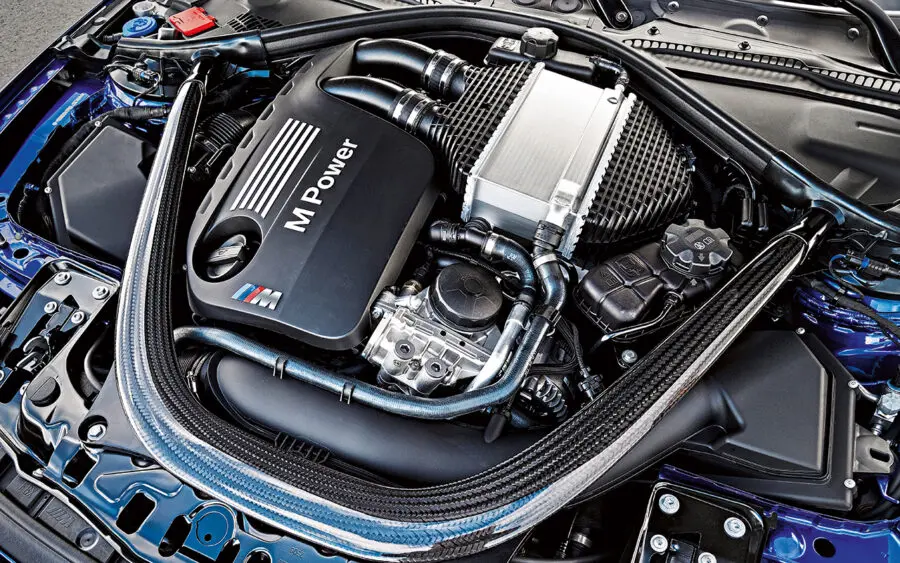The Advancement of the BMW Engine: A Look Back at Iconic Designs
The Advancement of the BMW Engine: A Look Back at Iconic Designs
Blog Article
Checking Out the Development of Burning Engines in Modern Transport Systems
As we browse the landscape of modern-day transport, the development of combustion engines stands as a testimony to human ingenuity and engineering prowess. The interplay of history, technology, and environmental issues in shaping the trajectory of combustion engines creates a story that is both engaging and insightful.
Early Beginnings of Combustion Engines
Exactly how did the principle of burning engines first emerge in the early phases of transport growth? When the concepts of inner combustion were very first checked out, the origins of burning engines can be traced back to the 17th century. In 1673, Christian Huygens conceptualized a fundamental interior burning engine that made use of gunpowder to generate power. However, it wasn't till the late 19th century that sensible applications of burning engines in transport began to emerge.
The advancement moment came with the invention of the first successful gasoline-powered engine by Karl Benz in 1885 - bmw engine. This engine led the way for the development of the contemporary car, transforming transportation systems worldwide. Succeeding innovations by Nikolaus Otto and Gottlieb Daimler additionally improved burning engine technology, causing the automation of automobiles and the fast growth of the transport sector
These very early burning engines were defined by their simpleness and effectiveness, laying the foundation for the complicated and powerful engines utilized in contemporary transportation systems. The development of combustion engines has been important in shaping the method we take a trip and deliver items, noting a significant landmark in the background of transport advancement.
Shift to Internal Burning Modern Technology
The shift to internal combustion modern technology noted an essential shift in the advancement of transport systems. This shift started in the late 19th century, with developers like Nikolaus Otto and Gottlieb Daimler creating the very first successful inner burning engines. These engines transformed transport by using a much more efficient and effective choice to heavy steam engines and electric motors.
Among the essential benefits of interior combustion engines was their ability to be reduced to suit vehicles, bring about the advancement of automobiles and bikes. This change from bulky, fixed engines to small, mobile ones led the way for the modern transportation systems we see today.
The change to interior combustion modern technology likewise spurred innovations in fuel technology, leading to the growth of gas and diesel as key gas sources for lorries. This change not only made transportation extra easily accessible to the masses however additionally laid the foundation for the oil and gas sector to become important to global economic situations.
Effect of Combustion Engines on Transportation
The fostering of combustion engines in transport systems catalyzed an extensive shift in the effectiveness and rate of global flexibility. Combustion engines reinvented transportation by supplying a functional and reputable resource of power for various automobiles, consisting of automobiles, ships, airplanes, and trucks. This technology substantially enhanced the ability for people and products to conform fars away in shorter time structures, leading to increased connectivity in between regions and nations.
Moreover, the extensive usage of burning engines has actually had a substantial influence on financial growth. The capacity to transport goods efficiently has stimulated profession and business, enabling services to broaden their markets and reach consumers worldwide. This has actually promoted financial development and globalization, as products can now be transferred faster and in bigger amounts than in the past.
Nevertheless, the environmental effect of combustion engines can not be ignored. The combustion of nonrenewable fuel sources has resulted in air pollution and greenhouse gas emissions, contributing to environment adjustment and posing wellness dangers to populations. bmw engine. As a result, there is an expanding emphasis on developing different propulsion innovations to reduce these negative results and produce a more lasting future for transportation
Innovations in Burning Engine Design
Countless advancements in combustion engine layout have actually propelled the development of transport systems over the decades. One noteworthy development is the advancement of turbocharged engines, which use exhaust gases to drive a generator that compresses inbound air, allowing for even more fuel to be burned, resulting in raised power outcome without a substantial boost in engine size. In addition, direct injection technology has boosted fuel effectiveness and efficiency by exactly regulating the amount and timing of fuel infused into the burning chamber. Variable shutoff timing systems have likewise changed engine style by maximizing airflow at different engine rates, enhancing both power and effectiveness. An additional significant innovation is the combination of light-weight materials such as carbon fiber and light weight aluminum alloys, reducing general why not try this out engine weight and boosting car gas economic climate. Furthermore, innovations in computer-aided design have made it possible for engineers to enhance engine efficiency and efficiency with simulations prior to physical models are built, saving time and read what he said sources in the development process. These advancements jointly add to the continuous renovation of burning engines in modern transport systems.
Future Fads in Combustion Engine Growth
With modern technology improvements driving continuous technology, the future of combustion engine advancement is positioned to transform transport systems worldwide. One of the crucial trends in combustion engine growth is the push in the direction of greater effectiveness and lowered emissions.
One more prominent pattern is the fostering of hybrid modern technologies in combustion engines. Hybrid engines integrate traditional combustion innovation with electrical power, offering enhanced fuel performance and lower emissions. As the vehicle industry shifts in the direction of electrification, crossbreed combustion engines are viewed as a transitional solution that bridges the space in between conventional automobiles and fully electric ones.
In addition, the integration of smart innovations, such as expert system and information analytics, is anticipated to play a significant role in the future of combustion engine growth. These technologies can enhance engine efficiency in real-time, bring about more efficient combustion processes and improved general automobile efficiency. Welcoming these future trends will not only drive development in combustion engine advancement yet likewise add to a more eco pleasant and lasting transportation environment.

Verdict
In conclusion, the evolution of burning engines in contemporary transportation systems has been noted by considerable developments in technology and layout. From the early beginnings of combustion engines to the transition to interior combustion technology, these engines have had a profound impact on transport.
The roots of combustion engines can be mapped back to the 17th century when the concepts of inner combustion were very first checked my site out. These engines changed transport by using a more effective and reliable choice to vapor engines and electric motors.

Report this page